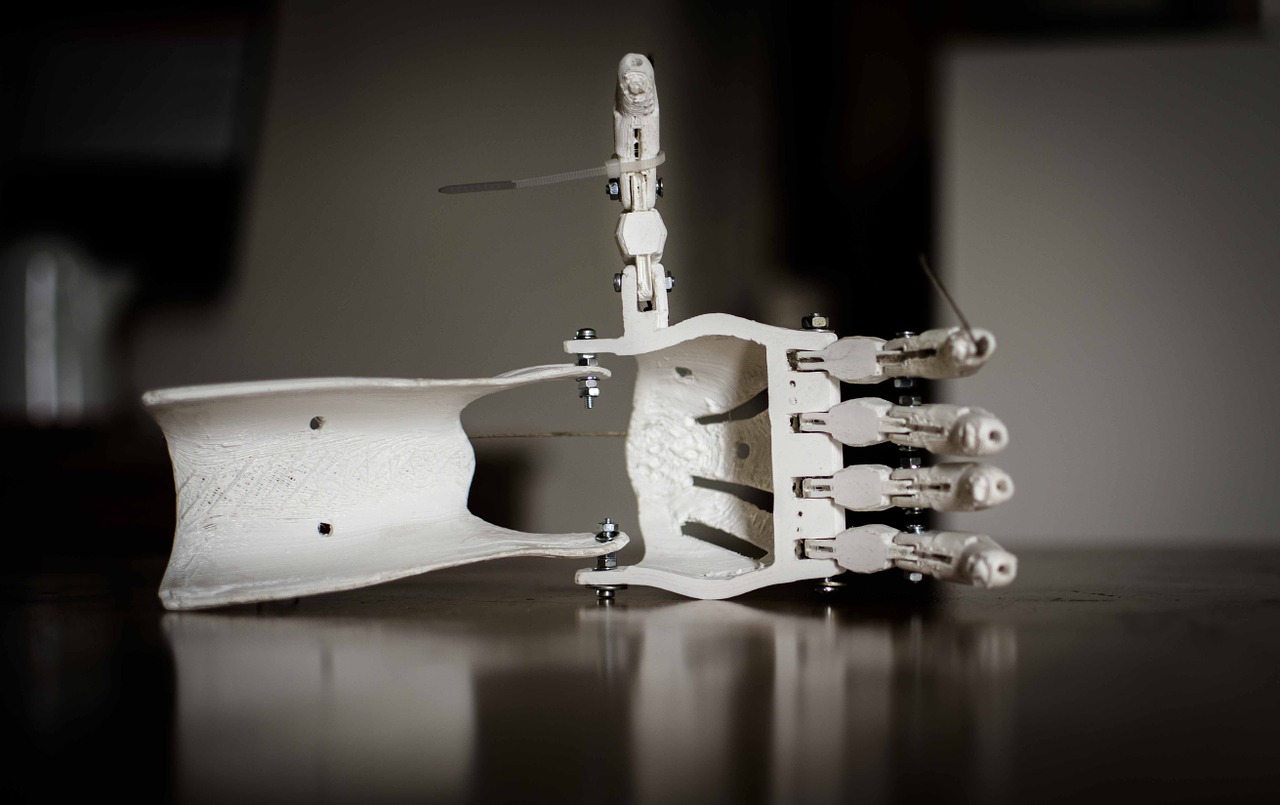 In this day and age of rapid technological expansion, we find ourselves continually facing unprecedented issues which we are then forced to react to on our feet, clueless of history because history is irrelevant in the face of technological progression. All we know is that as our affinity for creation increases, so does our degree of respective responsibility. Twenty years ago, thoughts of personal drones floating through the sky would have been unimaginable. The advent of augmented reality, where we literally hold the capability to project anything and everything onto any surface we see fit, would have been unthinkable. Yet, perhaps the most cutting-edge contemporary advancement is that of 3D printing technology.
In this day and age of rapid technological expansion, we find ourselves continually facing unprecedented issues which we are then forced to react to on our feet, clueless of history because history is irrelevant in the face of technological progression. All we know is that as our affinity for creation increases, so does our degree of respective responsibility. Twenty years ago, thoughts of personal drones floating through the sky would have been unimaginable. The advent of augmented reality, where we literally hold the capability to project anything and everything onto any surface we see fit, would have been unthinkable. Yet, perhaps the most cutting-edge contemporary advancement is that of 3D printing technology.
Remarkable. Revolutionary. Real. 3D-printing seems to have materialized straight from the pages of a popular science fiction novel, yet not even distinguished authors were able to predict its emergence. Able to quite literally “print” solid objects, it is difficult to comprehend a future boasting of such innovation. What are the true capabilities of this technology? What are its implications? What does 3D printing really mean for society at large?
Well, for one, it could feasibly spell out the end of commercialized uniform mass production. 3D printing opens the door to consumer suggestion like never before, and more than that, it transforms the consumer into the product development team. It entirely consolidates (or could anyway) the capitalistic process. Consumers become their own market, creating their own product along with the respective rise of their own demand. Should a consumer need a new product, gone are the days of waiting for the market to recognize the demand. The consumer can just create the product by himself/herself. While I do not actually expect 3D-printing to comprehensively transform the contemporary economy, I do think the implication is possible, if not plausible. At the very least, 3D printing has clearly demonstrated tangible effects on specific industries, if not so much the economy as a whole.
Take for example 3D bioprinting as well as its various medical applications. In fact, 3D printing has already been used to save lives on more than one occasion. Just last year, a cancer patient received a 3D printed sternum and rib cage. Patrick Hardison was the recipient of the most advanced face transplant ever recorded in history. Another lucky patient received a 3D bioprinted thyroid. Whereas The Island and Bladerunner predicted the cultivation of human organs via clone surrogates, it seems we are beyond even that, printing organs at will with literal digital blueprints.
Yet, just as 3D-printing can yield potentially limitless benefits, so too can it incite innumerable controversies. More specifically, 3D-printed guns remain at the forefront of the public conscience. In Australia, certain citizens discovered they could potentially face jail time for possession of 3D firearms. On another occasion, a 3D gun was found in a meth lab bust after police obtained a search warrant for the property. Not to mention, there is, to say the least, an abundance of legal questions pertaining to the morality of government interference regarding the dissemination of 3D firearm schematics. Even so, here at home, the government continues to dissuade 3D gun construction by fighting against users who attempt to share firearm blueprints online. While I am not giving voice to whether such interference is warranted or not, the fact is that there exists a question of morality, and it is not going away anytime soon as 3D-printing becomes an increasingly prevalent aspect of contemporary culture.
That all said, the future looks bright. There are always bound to be issues with any cutting-edge technology as we learn to implement, adapt, and incorporate said technology into our daily lives. The fact is that the possibility of printing organs far outweighs the negative implications of gun construction, and this is merely one example. As human beings, we are perpetually striving to improve upon our current way of life. 3D-printing is merely another facet of the human prerogative to be better than our ancestors and to provide a better way of life for our children.
As we continue wading through the treacherous waters of technology, we must be sure to never let fear taint the horizon, never let insecurity sacrifice possibility, and never let mystery nullify innovation.
